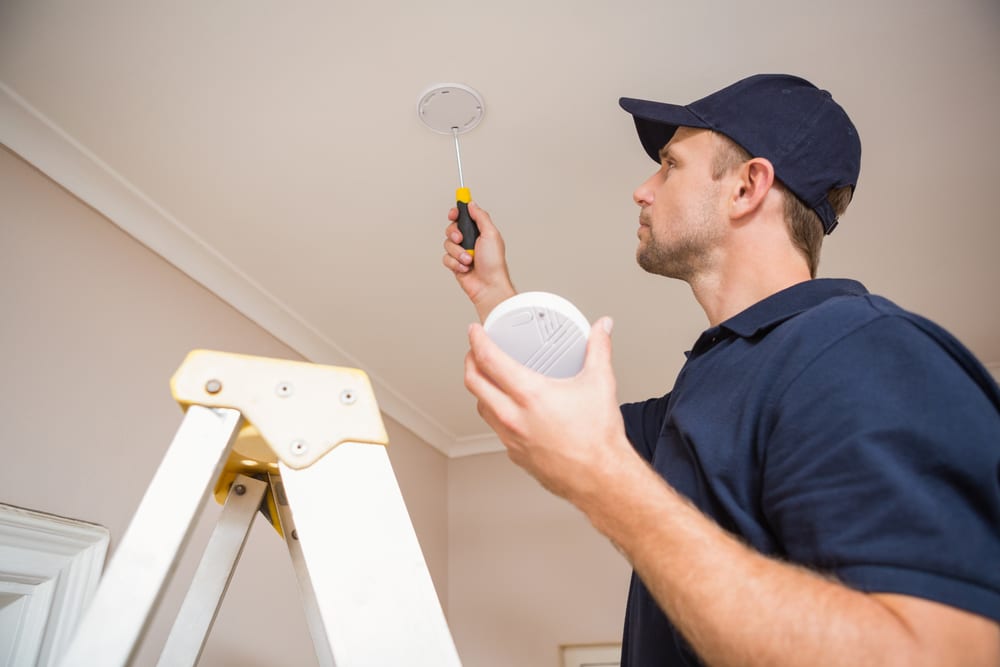Overlooked Basics of Carbon Monoxide and Smoke Detector Alarms
Carbon monoxide and smoke detector alarms are two of the most important safety features that you can have in a home. Unfortunately, most people don’t think twice about them unless the batteries need to be changed because they start beeping.
This is unfortunate.
Here are a few things that smoke and carbon monoxide detectors do that are often overlooked.
They Don’t Last Forever
It’s easy to forget about the detectors in your home. After all, how often do you really need to change them?
Smoke and CO detectors don’t last forever. Even if your detectors seem like they are working fine, they might be old and, therefore, faulty.
The best way to make sure that they are still in good condition is by running a test to make sure that they still sound off.
You can test your CO and smoke detectors by pressing the button on the front of the sensor. It is recommended that you test each of them about once a month.
You should also replace the batteries often. Most instructions recommend about every year or two. It is recommended that you replace the sensor about every 10 years.
Some newer detectors have a “sealed” battery that can’t be changed. These are usually lithium batteries designed to last the full 10-years of serviceable life. When the battery dies, the entire unit should be replaced.
There are Specific Places These Detectors Should Be
While it may seem like having a smoke detector in every room is a bit overkill, it’s actually not. You should have a smoke detector in every bedroom, the hallways, common rooms, and on each level of the home.
Smoke detectors don’t have a large range of what they can detect, so placing one in every room will give you a better chance of being alerted in time in the event of a fire. Seconds can be critical in these events.
However, we don’t recommend them in the kitchen as they will be prone to false alarms from cooking.
CO Detectors
CO (Carbon Monoxide) detectors, on the other hand, should be placed in particular areas. In fact, some homes don’t even require them.
These are necessary if you have either an attached garage, fireplace, or fossil-fuel-burning appliances (such as a gas stove, furnace, or water heater).
If one of these features is present in your home, you should have at least one CO detector on every level of your home. But that’s not the only place they need to be.
You don’t want to put them inside bedrooms because you want to be alerted early. They don’t call Carbon Monoxide the “silent killer” for nothin’!
Instead, they should be placed on the ceiling outside the bedroom doors (within 10-feet). This is so that you are alerted to an emergency if there is one.
In addition, it’s a good idea to place CO detectors by doors leading to garages, as this is another place where you can potentially have a CO infiltration (e.g. from running cars).
Smoke and Carbon Monoxide Detector Alarms Aren’t a Choice
For almost every state, there are requirements for having both kinds of detectors in your home. Smoke detectors are essential to the safety of your home, and there are laws stating how many you should have according to the size of your home.
In addition, there are laws or codes about where CO detectors should be installed and how many you should have.
In the event of an emergency, if you do not have properly working detectors in your home and the right amount/placement of them, you could be partially liable for the damage to your home.
So it’s a good idea to check the requirements for smoke and carbon monoxide detectors for the state you live in. This can ensure that your home is protected and you’ll be covered by insurance in case of a disaster.
Here’s a great article on Florida Laws on Carbon Monoxide Safety and Alarms.






